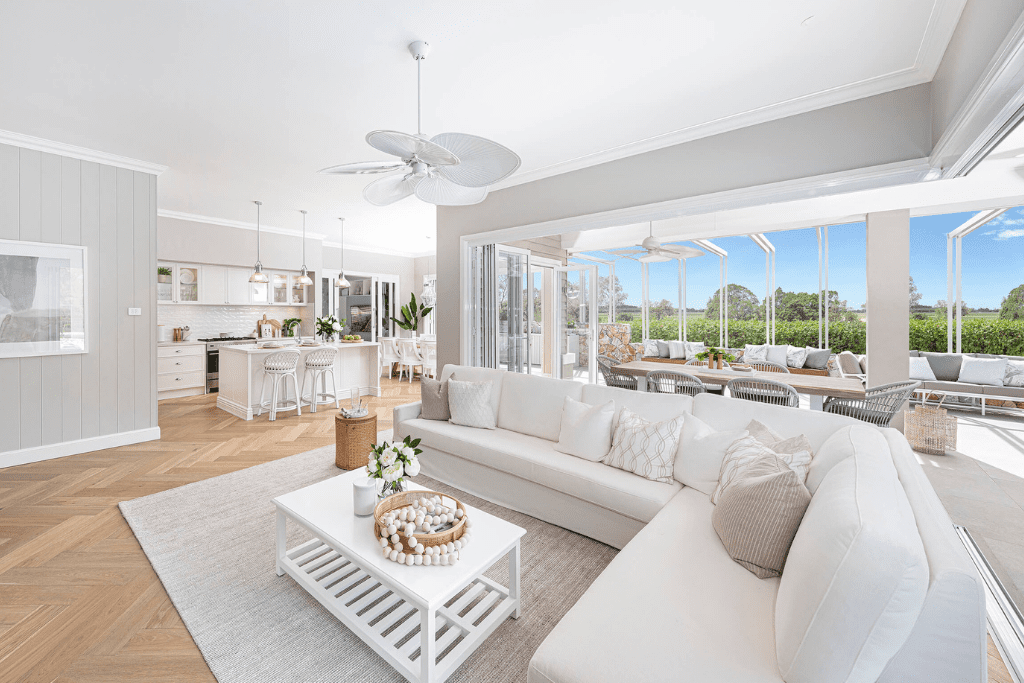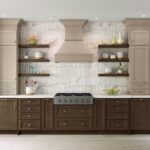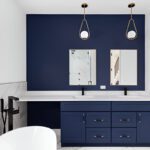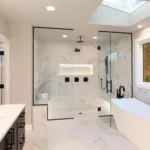Table of Contents
ToggleDecoration Home Styling: The Secrets to a Beautifully Designed Home
Are you ready to transform your home into a beautifully designed space? Look no further! This article is your ultimate guide to effective decoration and styling techniques that will elevate your home to a whole new level of beauty and sophistication. Get ready to unlock the secrets to a stunningly designed home that will leave your guests in awe.
Decoration home styling is an art form that requires careful consideration and attention to detail. It’s not just about throwing together a bunch of furniture and accessories – it’s about creating a harmonious and cohesive space that reflects your personal style and enhances the overall aesthetic appeal of your home.
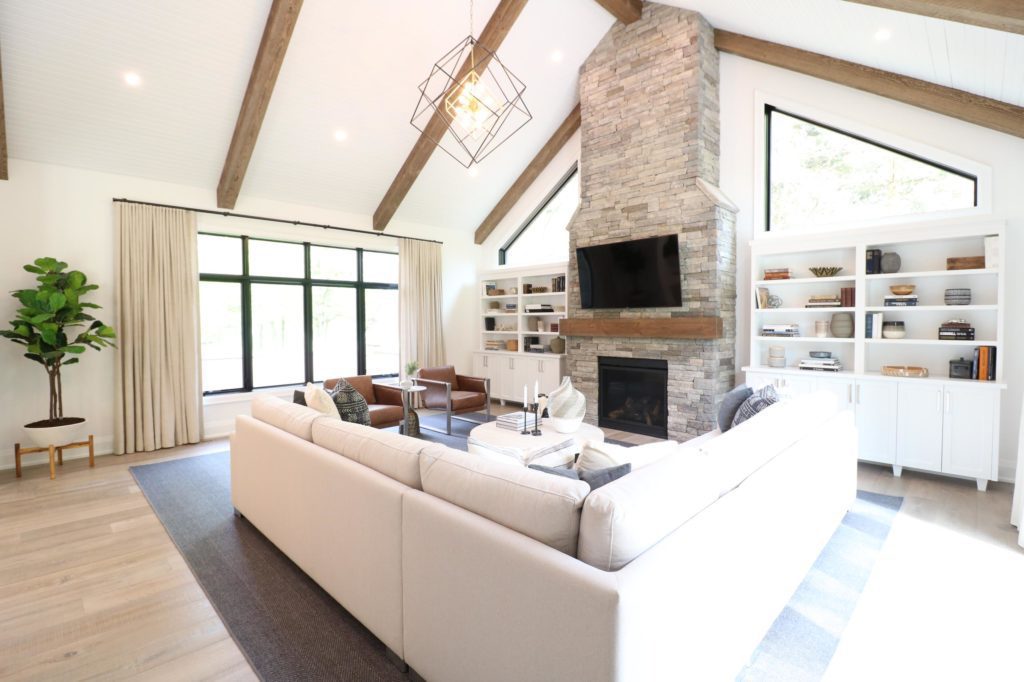
One of the first secrets to achieving a beautifully designed home is choosing the right color palette. The colors you select can have a profound impact on the look and feel of your space. By creating a harmonious and cohesive color scheme, you can transform your home into a visually stunning masterpiece. Whether you prefer bold and vibrant hues or soft and soothing tones, there is a color palette that will perfectly suit your style and create the desired atmosphere in each room.
Another key element of decoration home styling is creating a functional layout. A well-designed layout optimizes the use of space, ensuring that each room is not only aesthetically pleasing but also practical and functional. By strategically arranging furniture, you can maximize comfort, flow, and visual appeal. Create focal points within each room to draw the eye and add visual interest. Consider the purpose of each space and how you can optimize it to suit your needs.
Storage solutions are essential for keeping your home organized and clutter-free. Discover innovative storage options that seamlessly blend into your decor, allowing you to maintain a clean and tidy space while still showcasing your personal style. From hidden storage compartments to stylish shelving units, there are countless ways to incorporate storage solutions into your home.
Don’t underestimate the power of natural light in creating a beautifully designed home. Optimizing the flow of natural light can completely transform the ambiance of your space. Select window treatments that allow ample light to enter while still providing privacy. Arrange furniture in a way that enhances the flow of light, creating a bright and inviting atmosphere.
Accessorizing and adding personal touches is the final step in creating a beautifully designed home. Decorative elements and personal touches reflect your unique style and create a warm and inviting atmosphere. From artwork and photographs to plants and candles, these small details can make a big impact on the overall look and feel of your space.
Textures and patterns play a crucial role in home decoration. They add visual interest and depth, creating a dynamic and visually stunning space. Learn how to mix and match different textures and patterns to create a cohesive and visually appealing design. Select and layer textiles such as rugs, curtains, and throw pillows to add warmth and coziness to your home. Incorporate patterns and prints into your decor to add a touch of personality and create a focal point within each room.
Now that you know the secrets to a beautifully designed home, it’s time to put them into action. With a little creativity and attention to detail, you can transform your space into a haven of beauty and style. So, go ahead and start decorating – your dream home awaits!
Choosing the Right Color Palette
Choosing the right color palette is a crucial step in creating a beautifully designed home. The colors you choose can have a significant impact on the overall look and feel of your space. By selecting the right colors, you can transform a dull and uninspiring room into a vibrant and inviting space.
When choosing a color palette, it’s important to consider the mood and atmosphere you want to create. Warm colors like red, orange, and yellow can create a cozy and energetic feel, while cool colors like blue, green, and purple can evoke a sense of calm and relaxation. Neutral colors like white, beige, and gray are versatile and can be used as a base to complement other colors.
To create a harmonious and cohesive color scheme, it’s essential to consider the relationships between colors. One popular technique is the use of complementary colors, which are colors that are opposite each other on the color wheel. These colors create a dynamic and visually appealing contrast. Another technique is the use of analogous colors, which are colors that are next to each other on the color wheel. These colors create a harmonious and soothing effect.
When selecting a color palette, it’s also important to consider the natural light in your home. Natural light can affect how colors appear, so it’s essential to test paint samples in different lighting conditions before making a final decision. Additionally, consider the size of the room and the amount of natural light it receives. Lighter colors can make a small room appear larger and brighter, while darker colors can create a cozy and intimate atmosphere.
In conclusion, choosing the right color palette is a key element in creating a beautifully designed home. By understanding the impact of colors and considering factors such as mood, color relationships, and natural light, you can create a harmonious and cohesive color scheme that enhances the overall look and feel of your space.
Creating a Functional Layout
Creating a functional layout is crucial when it comes to designing your home. It not only enhances the overall aesthetics but also ensures practicality and ease of use. A well-thought-out layout can make a significant difference in how you experience and interact with your living space.
One of the key aspects of creating a functional layout is optimizing the use of space. This involves carefully planning the placement of furniture, appliances, and other elements to maximize comfort and convenience. Consider the flow of movement within each room and how different areas can be interconnected seamlessly.
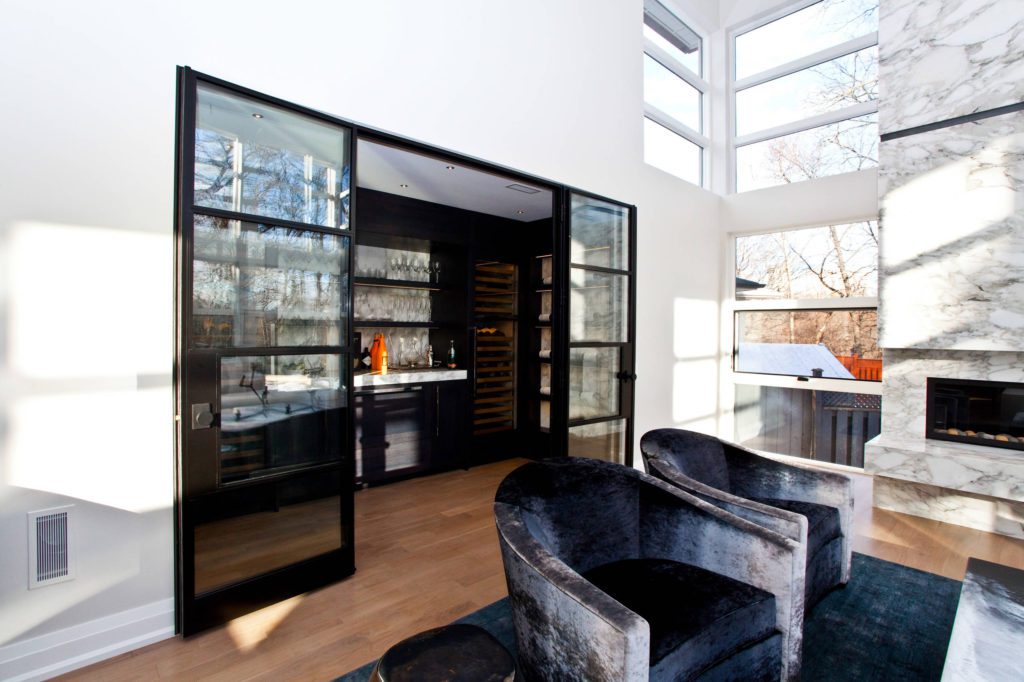
To achieve an optimal layout, it’s important to strike a balance between functionality and aesthetics. You want your home to be visually appealing while also serving its purpose effectively. This can be achieved through careful consideration of furniture placement, ensuring that each piece serves a specific function and contributes to the overall design.
Another aspect to consider when creating a functional layout is the utilization of storage solutions. Incorporating innovative storage options into your design can help keep your home organized and clutter-free. From built-in cabinets and shelves to hidden storage compartments, there are various ways to seamlessly integrate storage into your decor.
Remember, a functional layout is not just about arranging furniture and storage; it’s about creating a space that reflects your lifestyle and meets your specific needs. It’s about finding the perfect balance between aesthetics and practicality, ensuring that your home is not only beautiful but also functional for everyday living.
Furniture Placement and Arrangement
Furniture placement and arrangement play a crucial role in creating a well-designed and functional home. By strategically arranging your furniture, you can maximize comfort, improve the flow of your space, and enhance visual appeal. Here are some strategies to consider:
- Consider the function of each room: Before arranging furniture, think about how you will be using the space. For example, in a living room, you may want to create a seating area that encourages conversation, while in a bedroom, you’ll want to prioritize a comfortable and relaxing atmosphere.
- Create a focal point: Every room should have a focal point that draws the eye and anchors the space. This could be a fireplace, a large piece of artwork, or a statement piece of furniture. Arrange the rest of the furniture around this focal point to create a cohesive and visually appealing layout.
- Consider traffic flow: Ensure that there is enough space for people to move around the room comfortably. Avoid blocking doorways or pathways with furniture, and leave enough room for easy navigation.
- Balance the size and scale: When arranging furniture, consider the size and scale of each piece. Aim for a balanced composition by mixing larger and smaller items. For example, pair a large sofa with smaller chairs or side tables to create visual interest.
- Experiment with different layouts: Don’t be afraid to try different furniture arrangements to find the one that works best for your space. You may discover that a different layout improves the flow and functionality of the room.
By following these strategies, you can create a furniture arrangement that not only maximizes comfort and flow but also enhances the overall visual appeal of your home. Remember to consider the specific needs and style of each room to create a space that is both functional and aesthetically pleasing.
Utilizing Storage Solutions
When it comes to keeping your home organized and clutter-free, innovative storage solutions are key. Not only do they provide practical solutions for storing your belongings, but they can also enhance the overall aesthetic of your decor. In this section, we will explore some creative storage ideas and learn how to seamlessly incorporate them into your home.
One effective storage solution is to utilize multi-functional furniture. For example, a coffee table with built-in storage compartments can serve as a stylish centerpiece in your living room while also providing a place to store magazines, remote controls, and other small items. Similarly, ottomans with hidden storage can be used to store blankets, pillows, or even board games, while also serving as extra seating when needed.
Another storage option to consider is to make use of vertical space. Installing shelves on empty walls or utilizing bookcases can provide additional storage without taking up valuable floor space. You can display decorative items, books, or even use baskets or bins to organize smaller items. This not only adds functionality to your home but also adds visual interest to your decor.
Additionally, incorporating storage solutions that blend seamlessly with your decor is essential. Opt for stylish storage options such as decorative boxes, woven baskets, or colorful bins that can be placed on shelves or under tables. These not only keep your belongings out of sight but also add a touch of personality to your space.
In conclusion, discovering innovative storage solutions is crucial for maintaining an organized and clutter-free home. By utilizing multi-functional furniture, maximizing vertical space, and incorporating stylish storage options, you can create a space that is both functional and visually appealing. So, get creative and start transforming your home into a well-organized haven!
Optimizing Natural Light
When it comes to creating a beautifully designed home, natural light plays a crucial role. Not only does it make your space feel bright and airy, but it also has a positive impact on your mood and overall well-being. So, how can you make the most of natural light in your home? Let’s explore some tips and techniques that will help you optimize the flow of light and create a warm and inviting atmosphere.
The first step in optimizing natural light is to carefully select window treatments that allow ample light to enter your home. Sheer curtains or blinds are great options as they filter light while still providing privacy. Avoid heavy drapes that block out natural light and opt for lighter fabrics that allow sunlight to filter through.
In addition to choosing the right window treatments, arranging your furniture strategically can also enhance the flow of light in your home. Positioning your furniture away from windows can prevent obstruction and allow light to fill the room. Consider placing mirrors opposite windows as they can reflect light and make your space appear larger and brighter.
Another way to optimize natural light is by keeping your windows clean and unobstructed. Regularly clean your windows to remove any dirt or grime that may hinder the amount of light entering your home. Additionally, avoid placing large furniture or objects in front of windows as they can block the natural light.
By following these simple tips, you can make the most of natural light in your home and create a bright and inviting space. Remember, natural light is not only aesthetically pleasing but also has numerous benefits for your well-being. So, let the sunshine in and transform your home into a haven of natural light and beauty.
Accessorizing and Adding Personal Touches
When it comes to creating a beautifully designed home, one of the key elements is accessorizing and adding personal touches. This is where you can truly showcase your unique style and create a warm and inviting atmosphere that reflects your personality. By carefully selecting decorative elements and incorporating personal touches, you can transform your home into a space that feels truly yours.
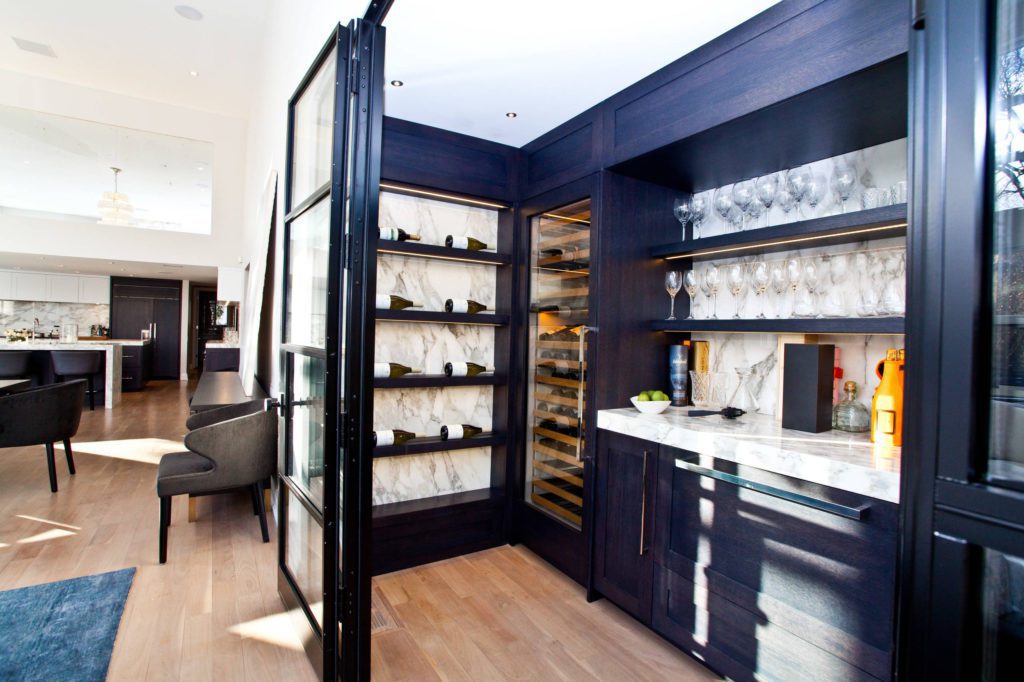
One way to accessorize your home is by choosing decorative elements that complement your overall design aesthetic. This could include items such as artwork, sculptures, or decorative vases. These pieces can serve as focal points in your space and add visual interest and depth to your overall decor. Consider selecting pieces that resonate with you and evoke a sense of joy or inspiration.
In addition to decorative elements, personal touches are also important in creating a welcoming atmosphere. These can be items that hold sentimental value or reflect your hobbies and interests. For example, you could display photographs of loved ones, showcase souvenirs from your travels, or incorporate items that reflect your favorite hobbies or passions.
When adding personal touches, it’s important to strike a balance between showcasing your individuality and maintaining a cohesive design. Consider incorporating these elements in a way that complements your existing decor and doesn’t overwhelm the space. Remember, the goal is to create a warm and inviting atmosphere that reflects your unique style, while still maintaining a harmonious overall look.
By accessorizing your home with decorative elements and adding personal touches, you can create a space that not only looks beautiful but also feels like a true reflection of who you are. So go ahead, let your creativity shine and transform your house into a home that is uniquely yours.
Incorporating Textures and Patterns
Incorporating textures and patterns into your home decoration can have a significant impact on the overall look and feel of your space. By carefully selecting and combining different textures and patterns, you can add visual interest and depth to your interior design.
Textures can range from smooth and sleek surfaces to rough and tactile materials. By incorporating a variety of textures, such as soft fabrics, natural wood, and shiny metals, you can create a dynamic and visually appealing space. For example, you can mix a plush velvet sofa with a rustic wooden coffee table and metallic accents to create a beautiful contrast.
Patterns, on the other hand, can add personality and character to your home. Whether you prefer bold and vibrant patterns or subtle and understated designs, incorporating patterns into your decor can make a statement. Consider using patterned wallpaper, decorative pillows, or area rugs to introduce patterns into your space.
When mixing textures and patterns, it’s important to strike a balance. Too many conflicting textures and patterns can create a chaotic and overwhelming environment. Instead, aim for a cohesive and harmonious look by selecting textures and patterns that complement each other. For example, if you have a bold patterned rug, opt for solid-colored furniture to create a balanced and visually pleasing composition.
Remember, incorporating textures and patterns into your home decoration is about personal expression and creating a space that reflects your unique style. Experiment with different combinations and have fun with your design choices. By following these tips, you can create a visually stunning home that is both inviting and aesthetically pleasing.
Choosing and Layering Textiles
Choosing and layering textiles is a crucial aspect of home decoration that can greatly enhance the overall atmosphere and comfort of your living space. By selecting the right textiles such as rugs, curtains, and throw pillows, you can create a cozy and inviting ambiance that reflects your personal style.
When choosing textiles, consider the color scheme and style of your home. Opt for fabrics that complement the existing decor and add visual interest. For example, if you have a neutral color palette, you can introduce vibrant and patterned textiles to create a focal point in the room.
Layering textiles is another effective technique to add depth and texture to your home. Start with a base layer, such as a rug, to anchor the space and define different areas. Then, add curtains to soften the windows and create a sense of privacy. Finally, layer throw pillows and blankets on sofas and chairs to create a cozy and inviting seating area.
When layering textiles, consider the different textures and materials. Mix and match fabrics with varying textures, such as velvet, linen, or faux fur, to add visual interest and tactile appeal. Additionally, consider the patterns and prints of the textiles. You can choose complementary designs or experiment with contrasting patterns to create a unique and personalized look.
Remember, the key to choosing and layering textiles is to create a harmonious and inviting atmosphere in your home. By carefully selecting and arranging textiles, you can transform your living space into a cozy haven that reflects your personal style and makes you feel truly at home.
Integrating Patterns and Prints
Integrating patterns and prints into your home decor can add a touch of personality and visual interest to any space. Whether you prefer bold and vibrant designs or more subtle and understated patterns, there are various tips and techniques to help you incorporate them seamlessly into your home. Here are some ideas to get you started:
- Select complementary designs: When choosing patterns and prints, consider how they will work together in the overall design scheme of your home. Look for patterns that complement each other in terms of color, scale, and style.
- Balance bold patterns with subtle ones: If you have a statement piece with a bold pattern, such as a large area rug or a patterned wallpaper, balance it out with more subtle patterns in other elements of the room. This will help create a harmonious and cohesive look.
- Use patterns as accents: Patterns and prints can be used as accents to add pops of color and visual interest to a room. Consider incorporating them through throw pillows, curtains, or smaller decorative objects.
- Mix and match different patterns: Don’t be afraid to mix and match different patterns to create a dynamic and eclectic look. Just make sure to choose patterns that share a common color palette or theme to maintain cohesiveness.
- Consider the scale of patterns: Pay attention to the scale of patterns you choose. Mixing different scales can create visual interest, but be mindful not to overwhelm the space with too many large or busy patterns.
Remember, incorporating patterns and prints into your home decor is all about finding a balance and creating a look that reflects your personal style. Experiment with different combinations and have fun with the process. By following these tips, you can create a space that is visually appealing and uniquely yours.
Frequently Asked Questions
- Q: How do I choose the right color palette for my home?
A: When selecting a color palette for your home, consider the mood and atmosphere you want to create. Start by identifying colors that you are drawn to and that reflect your personal style. You can also take inspiration from existing elements in your home, such as furniture or artwork. Experiment with different combinations and shades to find a harmonious and cohesive color scheme.
- Q: What is the importance of creating a functional layout in my home?
A: A functional layout is essential for optimizing the use of space in your home. It ensures that each room is organized in a way that promotes both aesthetics and practicality. By carefully planning the placement of furniture, you can create a flow that allows for easy movement and access to different areas. A functional layout also enhances the overall visual appeal of your home.
- Q: How can I arrange furniture to maximize comfort and visual appeal?
A: When arranging furniture, consider the purpose of each room and the activities that will take place in it. Start by identifying focal points, such as a fireplace or a large window, and arrange furniture around them. Create cozy conversation areas by grouping furniture together. Ensure there is enough space for easy movement and that furniture is not blocking any pathways.
- Q: What are some innovative storage solutions for keeping my home organized?
A: There are numerous storage solutions available to help keep your home organized and clutter-free. Consider incorporating built-in shelves, storage ottomans, or wall-mounted hooks and racks. Utilize vertical space by adding shelving units or installing overhead storage. Additionally, multi-functional furniture, such as coffee tables with hidden compartments, can provide extra storage options.
- Q: How can I make the most of natural light in my home?
A: To optimize natural light, choose window treatments that allow for maximum light penetration, such as sheer curtains or blinds that can be fully opened. Arrange furniture in a way that does not block windows and hinders the flow of light. Mirrors can also be strategically placed to reflect and amplify natural light throughout the room.
- Q: What are some tips for adding personal touches to my home?
A: Adding personal touches to your home helps create a warm and inviting atmosphere. Consider displaying cherished photographs, artwork, or sentimental objects that hold special meaning to you. Incorporate decorative elements that reflect your interests and hobbies. Mix and match different textures and patterns to showcase your unique style.
- Q: How can I incorporate textures and patterns into my home decor?
A: Textures and patterns add visual interest and depth to your home decor. Experiment with different fabrics, such as velvet, linen, or faux fur, to create a tactile experience. Mix and match patterns, such as stripes, florals, or geometric designs, to create a dynamic and visually appealing space. Remember to balance bold patterns with more subtle ones for a cohesive look.
